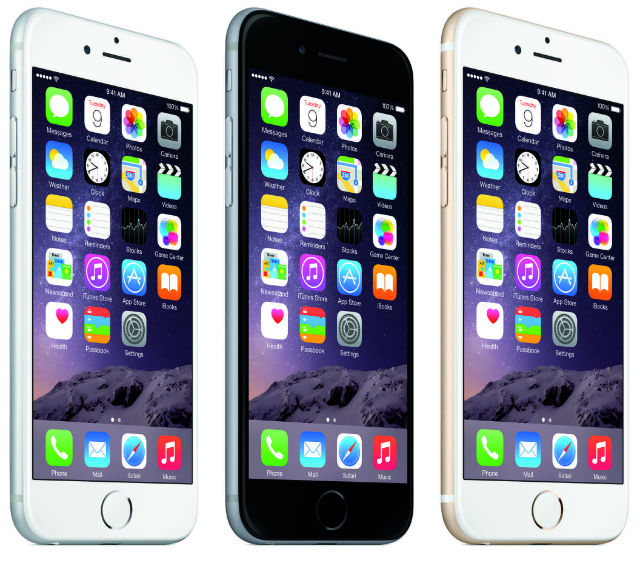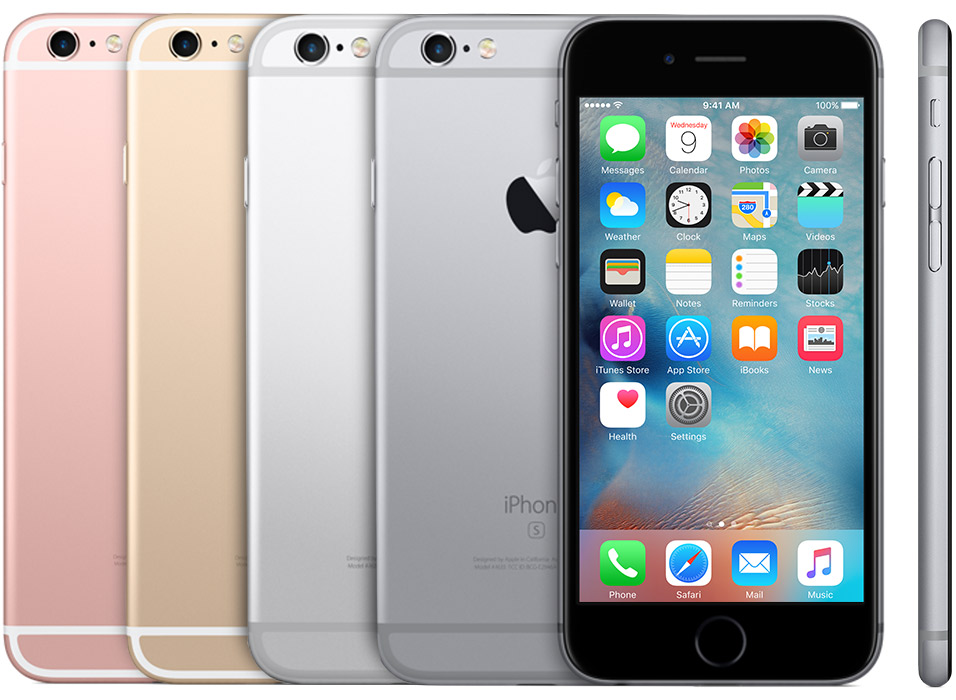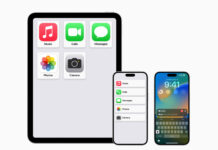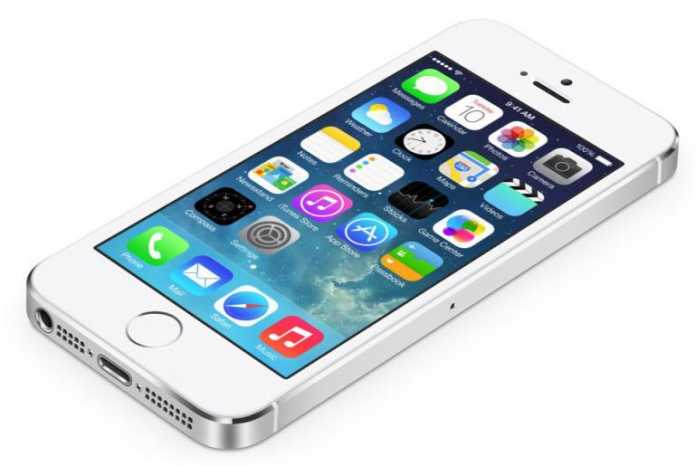Apple may cut the capability of DRAM in its future anniversary iPhones with the rising prices of storage and memory elements hitting its magnify margins.
Apple acknowledged the rising DRAM and NAND costs during its second-quarter earnings decision Tuesday. the corporate expects the rating pressure to continue in the near term.

Those costs, in turn, could impact the memory capability of future iPhone. Trend-force, which tracks SSD and DRAM rating, predicted the iPhone 8 will be capped at 3GB of DRAM.
Purchaser will have to wait until the successor to the iPhone 8 to induce 4GB of DRAM, Trend-force aforesaid. Those phones would be announce in 2018 or 2019.

Trend-force is predicting that 3 iPhones will be announce this year. 2 iPhones a 5.8-inch iPhone with an AMOLED display and a 5.5-inch model with an LCD screen will have 3GB of memory. A 4.7-inch model with an LCD screen will have 2GB of DRAM, the corporate predicted.
- Apple is having problem getting the iPhone 8’s signature feature to actually work
- This Could be Some Pretty Bad News for Anyone Waiting for The Apple iPhone 8
The present-day 5.5-inch iPhone 7 plus has 3GB of LPDDR4 memory, while the 4.7-inch iPhone 7 has 2GB of memory. The memory is supplied by Samsung, according to iFixit.com.
Smartphone manufacturers are plugging additional DRAM and flash storage into devices because consumer are embracing multimedia, gaming, virtual reality, and artificial intelligence. One version of Samsung’s Galaxy S8+ has 6GB of DRAM, however it’s on the market only in South Korea.
- Apple Has Started Preparing for Crazy iPhone 8 Sales
- Apple iPhone 8 and iPhone 7s will reportedly share the same powerful next-gen processor
Shortages have caused the costs of DRAM for mobile devices and PCs to spike. Trend-force says that costs for mobile DRAM like LPDDR4 will increase by over 10 % this year.
Previous month, Gartner predicted a value decline of DRAM and flash storage would begin next year and crash in 2019.
- New iPhone SE 128GB might come at Apple’s March event
- Apple Confirms Facial Recognition Is Coming to iPhone 8
Costs of mobile devices have gone up because of DRAM and NAND flash shortages. during the earnings decision, Apple noted that the average price of the iPhone, including all sample, was up to $655 from $642 a year ago, with those numbers including a powerful mix of iPhone 7 plus. Unfavorable interchange rates conjointly affected costs.
Apple buys DRAM and NAND flash in massive quantities, and, as a result, gets favorable rating from providers. The hit on iPhone margins was created up by profits from auxiliary offerings like services, aforesaid Luca Maestri, chief money handler at Apple.
At now, adding a lot of DRAM and NAND will build future iPhones dearer to manufacture and hurt Apple’s profit margins. Apple will seemingly avoid the temptation of adding additional DRAM.
Trend-force is predicting that average memory in smartphones this year will be around 3.2 GB, a revision from an earlier projection of 3.7 GB.
Lowering memory capacity is a method for device manufacturers to cut corners and maintain profit margins. It is particularly prevalent in PCs. Some new, low-priced laptops may have lower resolution screens, less memory, lower storage, or may not include a digital camera.
The computer market has been severely hit by the value increases of DRAM, NAND, displays, batteries, and elements. In February, Lenovo’s chief operative officer, Gianfranco Lanci, said computer costs would go up due to the rising element costs.
Apple according revenue of $52.9 billion for the third quarter ending on April 1, growing from $50.5 billion in the same quarter last year. the net profit was $11 billion, growing from $10.5 billion.
iPhone wholesale in the quarter totaled 50.7 million units, declining 1 %. iPad shipments were 8.9 million, declining 13 %. mac shipments increased 4 % to 4.2 million units.






















